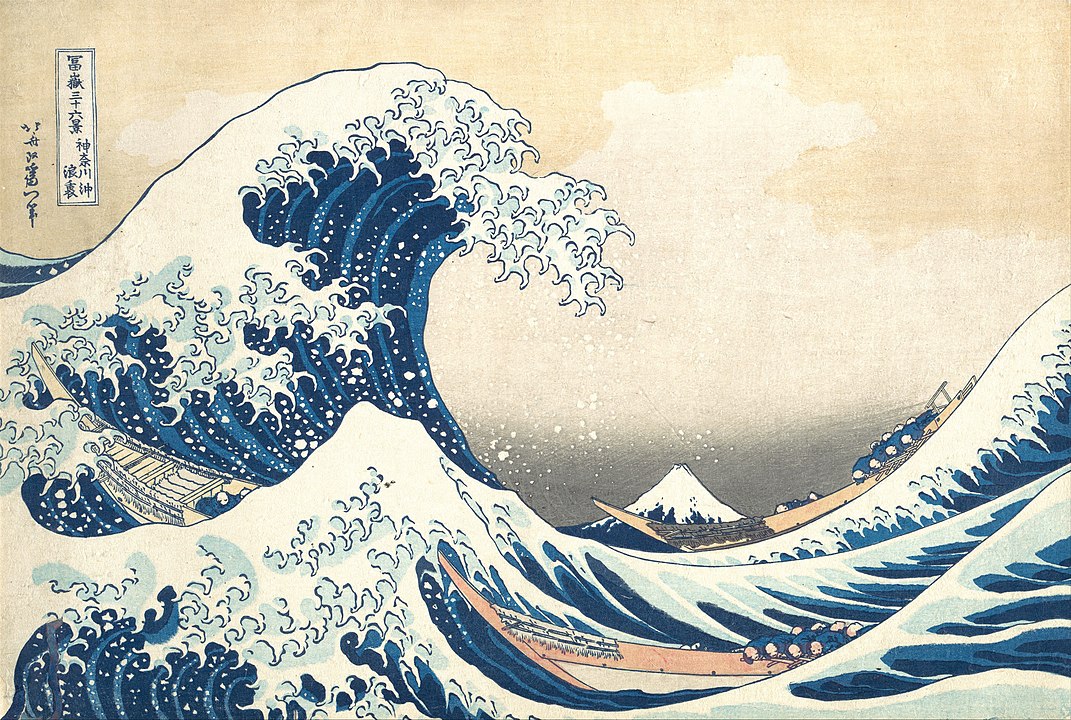Katsushika Hokusai and his quest for immortality
Katsushika Hokusai was a renowned Japanese painter and printmaker who lived during the late 18th and early 19th centuries. He is perhaps best known for his iconic series of woodblock prints titled “Thirty-six Views of Mount Fuji,” which included his most famous work, “The Great Wave off Kanagawa.” However, one of the most intriguing and bizarre stories associated with Hokusai has to do with his obsession with immortality.


According to legend, Hokusai believed that he could achieve immortality by creating a masterpiece that was so perfect, it would live on forever. In order to achieve this goal, he reportedly spent much of his life searching for the perfect subject and perfecting his technique.
He felt his artwork would transcend the divine, if only he could live long enough. He wrote that “at [age] one hundred and ten, every dot and every stroke will be as though alive.”
Hokusai’s last words were:
“If heaven will extend my life by ten more years…’ then, after a pause, ‘If heaven will afford me five more years of life, then I’ll manage to become a true artist. ‘


Despite his best efforts, Hokusai was never able to achieve immortality. He died at age 90. However, his legacy as one of Japan’s greatest artists has certainly lived on. Today, his works are still celebrated and admired around the world, and his name is synonymous with the beauty and elegance of traditional Japanese art.


